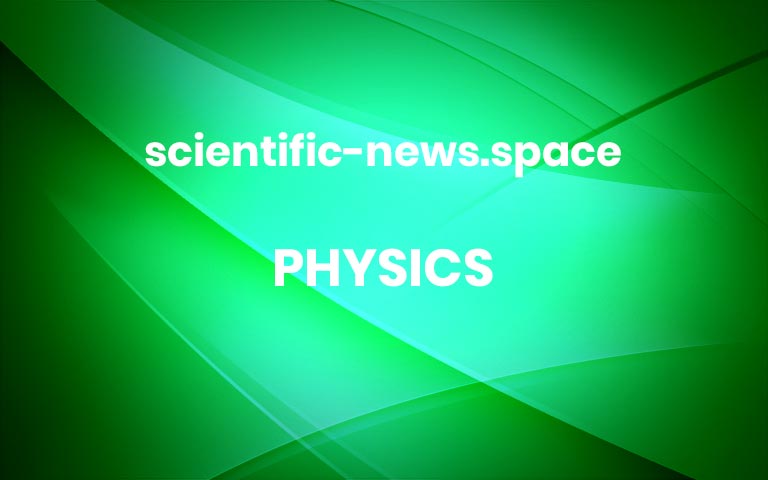MIT chemist Admir Masic really hoped his experiment wouldn’t explode.
Masic and his colleagues were trying to re-create an ancient Roman technique for making concrete, a mix of cement, gravel, sand and water. The researchers suspected that the key was a process called “hot mixing,” in which dry granules of calcium oxide, also called quicklime, are mixed with volcanic ash to make the cement. Then water is added.
Hot mixing, they thought, would ultimately produce a cement that wasn’t completely smooth and mixed, but instead contained small calcium-rich rocks. Those little rocks, ubiquitous in the walls of the Romans’ concrete buildings, might be the key to why those structures have withstood the ravages of time.
Science News headlines, in your inbox
Headlines and summaries of the latest Science News articles, delivered to your email inbox every Thursday.
Thank you for signing up!
There was a problem signing you up.
That’s not how modern cement is made. The reaction of quicklime with water is highly exothermic, meaning that it can produce a lot of heat — and possibly an explosion.
“Everyone would say, ‘You are crazy,’” Masic says.
But no big bang happened. Instead, the reaction produced only heat, a damp sigh of water vapor — and a Romans-like cement mixture bearing small white calcium-rich rocks.
Researchers have been trying for decades to re-create the Roman recipe for concrete longevity — but with little success. The idea that hot mixing was the key was an educated guess.
Masic and colleagues had pored over texts by Roman architect Vitruvius and historian Pliny, which offered some clues as to how to proceed. These texts cited, for example, strict specifications for the raw materials, such as that the limestone that is the source of the quicklime must be very pure, and that mixing quicklime with hot ash and then adding water could produce a lot of heat.
The rocks were not mentioned, but the team had a feeling they were important.
Subscribe to Science News
Get great science journalism, from the most trusted source, delivered to your doorstep.
“In every sample we have seen of ancient Roman concrete, you can find these white inclusions,” bits of rock embedded in the walls. For many years, Masic says, the origin of those inclusions was unclear — researchers suspected incomplete mixing of the cement, perhaps. But these are the highly organized Romans we’re talking about. How likely is it that “every operator [was] not mixing properly and every single [building] has a flaw?”
What if, the team suggested, these inclusions in the cement were actually a feature, not a bug? The researchers’ chemical analyses of such rocks embedded in the walls at the archaeological site of Privernum in Italy indicated that the inclusions were very calcium-rich.
That suggested the tantalizing possibility that these rocks might be helping the buildings heal themselves from cracks due to weathering or even an earthquake. A ready supply of calcium was already on hand: It would dissolve, seep into the cracks and re-crystallize. Voila! Scar healed.
But could the team observe this in action? Step one was to re-create the rocks via hot mixing and hope nothing exploded. Step two: Test the Roman-inspired cement. The team created concrete with and without the hot mixing process and tested them side by side. Each block of concrete was broken in half, the pieces placed a small distance apart. Then water was trickled through the crack to see how long it took before the seepage stopped.
“The results were stunning,” Masic says. The blocks incorporating hot mixed cement healed within two to three weeks. The concrete produced without hot mixed cement never healed at all, the team reports January 6 in Science Advances.
Cracking the recipe could be a boon to the planet. The Pantheon and its soaring, detailed concrete dome have stood nearly 2,000 years, for instance, while modern concrete structures have a lifespan of perhaps 150 years, and that’s a best case scenario (SN: 2/10/12). And the Romans didn’t have steel reinforcement bars shoring up their structures.
More frequent replacements of concrete structures means more greenhouse gas emissions. Concrete manufacturing is a huge source of carbon dioxide to the atmosphere, so longer-lasting versions could reduce that carbon footprint. “We make 4 gigatons per year of this material,” Masic says. That manufacture produces as much as 1 metric ton of CO2 per metric ton of produced concrete, currently amounting to about 8 percent of annual global CO2 emissions.
Still, Masic says, the concrete industry is resistant to change. For one thing, there are concerns about introducing new chemistry into a tried-and-true mixture with well-known mechanical properties. But “the key bottleneck in the industry is the cost,” he says. Concrete is cheap, and companies don’t want to price themselves out of competition.
The researchers hope that reintroducing this technique that has stood the test of time, and that could involve little added cost to manufacture, could answer both these concerns. In fact, they’re banking on it: Masic and several of his colleagues have created a startup they call DMAT that is currently seeking seed money to begin to commercially produce the Roman-inspired hot-mixed concrete. “It’s very appealing simply because it’s a thousands-of-years-old material.” More


